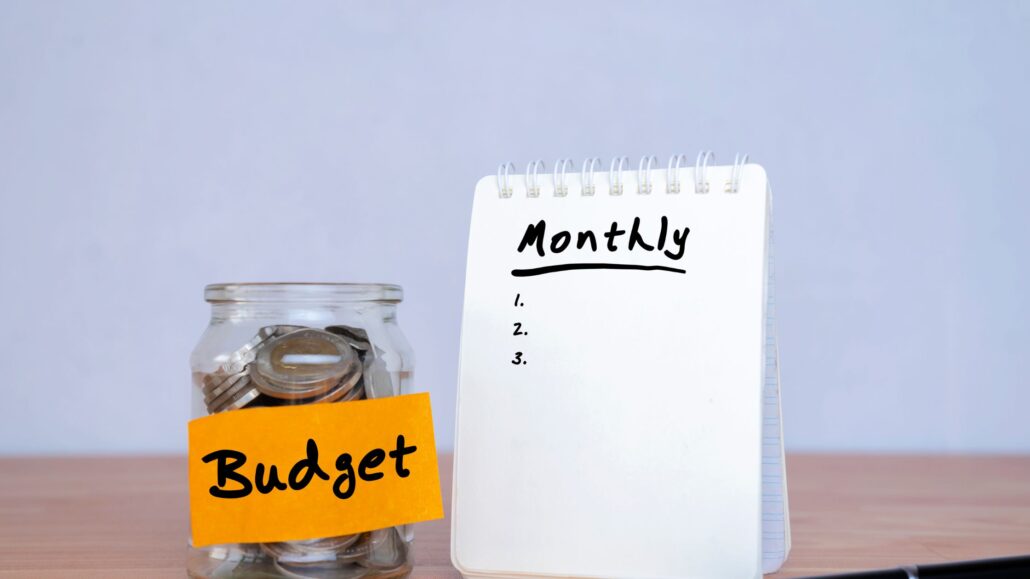This post may contain affiliate links.We may earn little commission or products from the companies mentioned in this post.
A beginner guide to creating a simple budget. how to create a simple budget
A Complete guide on how to create a simple budget
- Gather Your Financial Information: Collect all your financial documents, including bank statements, bills, pay stubs, and any other records of income and expenses.
- Calculate Your Income: Determine your total monthly income. This includes wages, salaries, freelance earnings, rental income, and any other sources of income. If your income varies from month to month, use an average or a conservative estimate.
- List Your Expenses: Make a list of all your monthly expenses. This includes fixed expenses like rent/mortgage, utilities, insurance, loan payments, and variable expenses like groceries, transportation, entertainment, and dining out. Don’t forget irregular expenses like annual subscriptions or occasional expenses like gifts.
- Categorize Your Expenses: Divide your expenses into categories such as housing, utilities, groceries, transportation, healthcare, debt payments, savings, and discretionary spending. This will help you understand where your money is going.
- Assign Dollar Amounts to Each Category: Estimate how much you spend in each category every month. For some expenses, like rent or loan payments, the amount will be fixed. For others, like groceries or entertainment, you may need to look at past spending or make a reasonable estimate.
- Differentiate Between Needs and Wants: Differentiate between essential expenses (needs) and non-essential expenses (wants). Needs should be prioritized in your budget, while wants can be adjusted or reduced as necessary.
- Set Financial Goals: Determine your financial goals, whether it’s paying off debt, saving for a vacation, buying a house, or building an emergency fund. Allocate a portion of your income to each goal.
- Balance Your Budget: Compare your total income to your total expenses. Ideally, your income should exceed your expenses, leaving room for savings and other financial goals. If your expenses exceed your income, you’ll need to make adjustments by cutting discretionary spending or finding ways to increase your income.
- Track Your Spending: Once you have a budget in place, track your spending regularly to ensure you’re staying on track. Use budgeting apps, spreadsheets, or pen and paper to record your expenses and compare them to your budgeted amounts.
- Review and Adjust Regularly: Your budget isn’t set in stone. Review it regularly to see how you’re doing and make adjustments as needed. Life circumstances and financial priorities can change, so your budget should be flexible enough to adapt to those changes.
Creating a budget from scratch takes time and effort, but it’s a valuable tool for managing your finances and achieving your financial goals.



